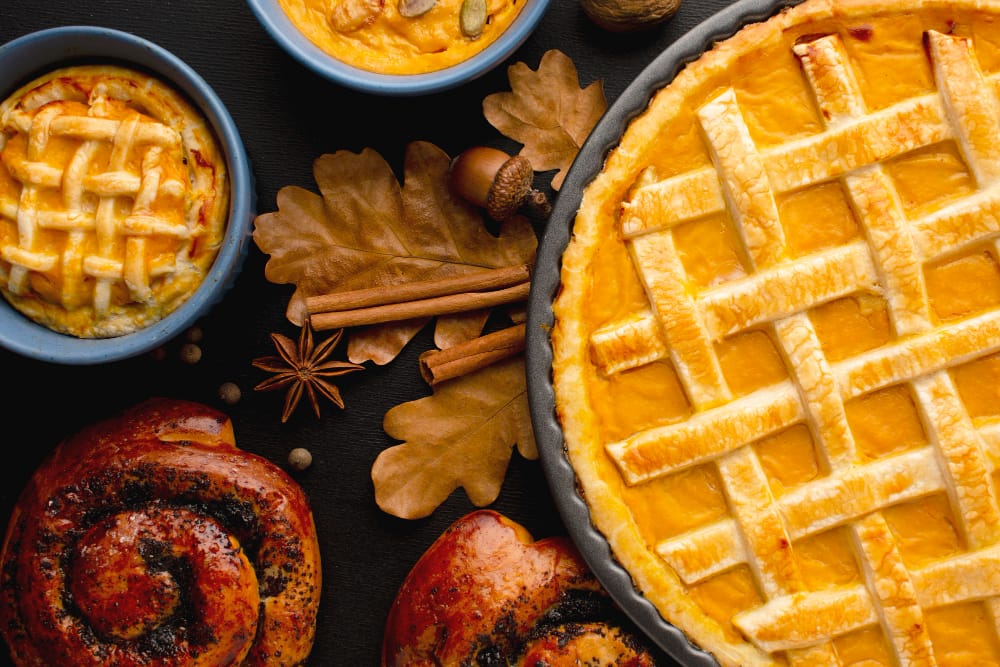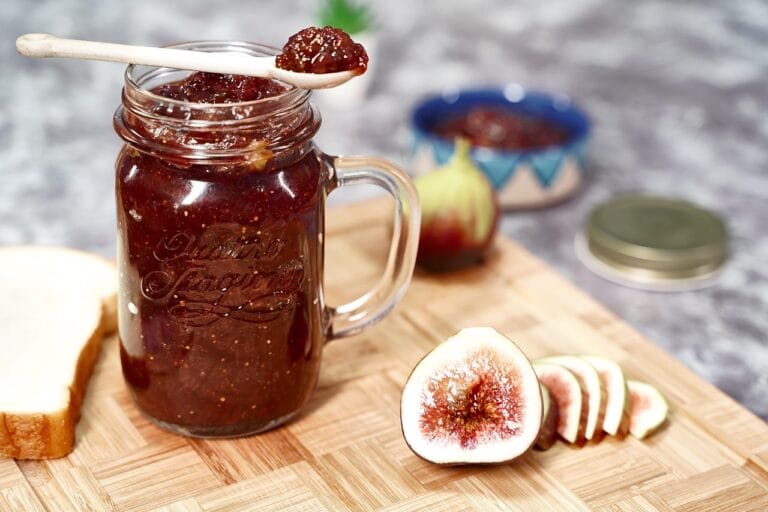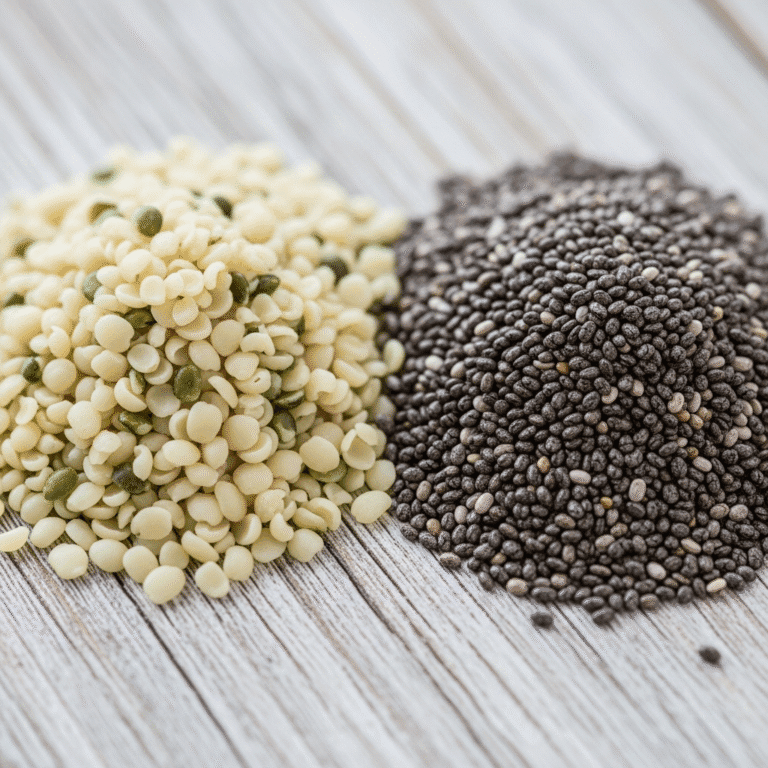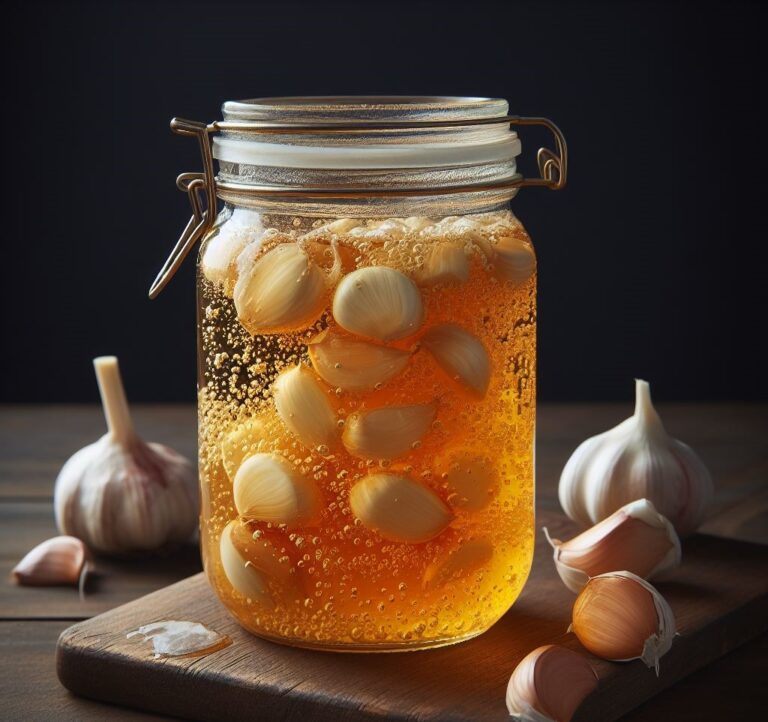FREE SHIPPING OVER $50
The Thanksgiving Trick That Lets You Eat Pie and Lose Weight—You’re Welcome
Thanksgiving is a time for family, gratitude, and, let’s face it, feasting. The thought of eating pie while still losing weight might sound like wishful thinking. But here’s the good news—it’s not. You can enjoy your favorite holiday treats without derailing your health goals, and we’re here to show you how.
The key? Smart strategies, mindful eating, and understanding how to make Thanksgiving work in your favor. So grab your fork, because we’re diving into the tips and tricks that will allow you to indulge while staying on track.
Understanding the Thanksgiving Dilemma

Thanksgiving meals are often loaded with high-calorie, high-carb dishes. Between buttery mashed potatoes, rich gravies, and those irresistible desserts, it’s easy to feel like your weight-loss goals are doomed. But weight management isn’t about avoiding food entirely—it’s about balance.
The trick lies in how you approach the day: what you eat, how you eat, and how you prepare your body and mind.
The Secret Thanksgiving Trick: Timing and Planning
The ultimate Thanksgiving weight-loss trick revolves around strategic timing and planning. Here’s the breakdown:
- Front-load Your Day with Protein and Fiber
Start your day with a high-protein, high-fiber breakfast. Think eggs with spinach, Greek yogurt with chia seeds, or a protein smoothie. Protein and fiber keep you feeling full longer and stabilize your blood sugar, reducing the urge to overeat later. - Hydrate Like It’s Your Job
Drink plenty of water throughout the day. Hydration helps control hunger, and sometimes what feels like hunger is actually thirst. Aim for a glass of water before every meal or snack. - Pre-Thanksgiving Exercise
Get moving before the big meal. A morning workout, especially strength training or high-intensity interval training (HIIT), helps boost your metabolism and primes your body to use those Thanksgiving calories for recovery instead of storage. - Strategic Plate Filling
At dinner, load your plate with lean protein (turkey breast, anyone?), non-starchy veggies, and a small serving of carbs. Use the 50/25/25 rule:- 50% vegetables (roasted Brussels sprouts, green beans)
- 25% protein (turkey, ham)
- 25% indulgence (mashed potatoes, stuffing, or pie)
Eating Pie and Losing Weight: How It Works
Now, let’s address the burning question—how can you eat pie and still lose weight? It comes down to three things: moderation, mindfulness, and macro-balancing.
- Pick Your Pie Wisely
Not all pies are created equal. Pumpkin pie, for instance, is lower in calories and sugar compared to pecan pie. Opt for a slice of your favorite, but make it a small one—enough to satisfy the craving without overdoing it. - Savor Every Bite
Don’t rush through dessert. Slow down and truly enjoy your pie. This not only enhances the experience but also helps you recognize when you’re satisfied, preventing overeating. - Balance Your Day
If you know you’re having pie, adjust your intake earlier in the day. Stick to lighter meals before the feast, focusing on lean proteins and veggies.
Pro Tips to Maximize Weight Loss on Thanksgiving
- Use Smaller Plates
A smaller plate tricks your brain into thinking you’re eating more, helping with portion control. - Start with Soup or Salad
A broth-based soup or leafy green salad before the main meal can help curb your appetite. - Chew More, Eat Less
Chewing slowly not only aids digestion but also gives your brain time to register fullness. - Step Away from Seconds
Wait 15-20 minutes after finishing your plate before considering seconds. Often, you’ll find you’re not as hungry as you thought.
What to Avoid
While indulging is fine, here are a few pitfalls to steer clear of:
- Skipping Meals to “Save” Calories
This backfires by making you ravenous, leading to overeating. Eat small, balanced meals throughout the day. - Overloading on Carbs
Focus on balancing your plate. Too many carbs can lead to energy crashes and make you crave more sweets. - Alcohol Overindulgence
Alcohol is calorie-dense and can lower your willpower around food. Stick to one or two drinks, if any.
The Role of Post-Meal Activity
After a satisfying Thanksgiving meal, the temptation to sink into the couch for a marathon of holiday movies is strong. But staying active after your feast offers significant benefits—not just for digestion, but for maintaining your weight-loss goals. Here’s how you can make the most of your post-meal time:
- Go for a Walk
A 15–30 minute brisk walk with family or friends can help stabilize blood sugar levels, promote digestion, and even boost your metabolism. Plus, it’s a great opportunity to bond while enjoying the crisp fall air. - Play Backyard Games
Make it a tradition to play a fun and active game after the meal. Activities like touch football, cornhole, or even a scavenger hunt keep everyone moving while creating lasting memories. - Stretch or Practice Yoga
If you prefer a calmer approach, light stretching or yoga can stimulate digestion and improve circulation. Poses like child’s pose, seated twists, or cat-cow are excellent for easing any post-meal bloating. - Household Activities
Helping with cleanup might not sound exciting, but it’s a simple way to get moving. Washing dishes, tidying up the dining area, or even rearranging leftovers into containers can keep you active and productive. - Dancing
Put on a playlist of holiday classics and have an impromptu dance session. It’s a fun way to burn calories and lift everyone’s spirits.
The Science of Mindful Indulgence
Mindful eating is more than just a buzzword—it’s a powerful tool to help you enjoy your Thanksgiving meal without overdoing it. At its core, mindful eating means fully engaging with your food, recognizing your body’s signals, and savoring every bite. Here’s how this approach can keep you on track:
- Slow Down
Research shows that it takes about 20 minutes for your brain to register fullness. Eating slowly gives your body the time it needs to signal when it’s had enough, reducing the likelihood of overeating. Try setting down your fork between bites or chewing each bite thoroughly. - Use All Your Senses
Before diving into your meal, take a moment to appreciate its appearance, aroma, and texture. This sensory experience can make your meal more satisfying, helping you feel content with smaller portions. - Check In with Hunger Levels
Throughout the meal, pause and ask yourself, “Am I still hungry?” If you’re not, it’s okay to stop eating, even if there’s food left on your plate. Thanksgiving leftovers are one of life’s greatest joys, after all. - Embrace the Experience
Mindful eating also means letting go of guilt. If you’ve chosen to enjoy a slice of pie or an extra spoonful of stuffing, savor it without judgment. This positive mindset can prevent the “all or nothing” mentality that often leads to binge eating. - Practical Tips for Mindful Eating
- Avoid distractions like TV or phones during the meal to stay focused on your food.
- Sit down at the table to eat rather than grazing from the kitchen or buffet.
- Be aware of emotional eating. If stress or excitement is driving your hunger, take a deep breath or sip water before reaching for seconds.
Mindful indulgence isn’t about restriction—it’s about finding joy in your meal while respecting your body’s needs. By practicing this skill, you’ll leave the table feeling satisfied rather than stuffed, and you’ll gain confidence in your ability to navigate the holidays with ease.
Bringing It All Together
So, can you eat pie and lose weight this Thanksgiving? Absolutely. By planning ahead, balancing your meals, and indulging mindfully, you can have your pie and eat it too—literally.
Thanksgiving is about gratitude and connection. Use these tips to focus on what truly matters while still sticking to your weight-loss goals.
You’re welcome.
Related Articles
- 10 Must-Eat Protein Foods That Torch Fat and Sculpt Lean Muscle, According to Experts
- The 10 Best Supplements to Increase Brown Fat
- Weight-Loss Experts Reveal The One Change You Need to Make to Break Free from Unhealthy Eating Habits
- The Best Breakfasts for Weight Loss According to Doctors—Why Men and Women Need Different Morning Meals



